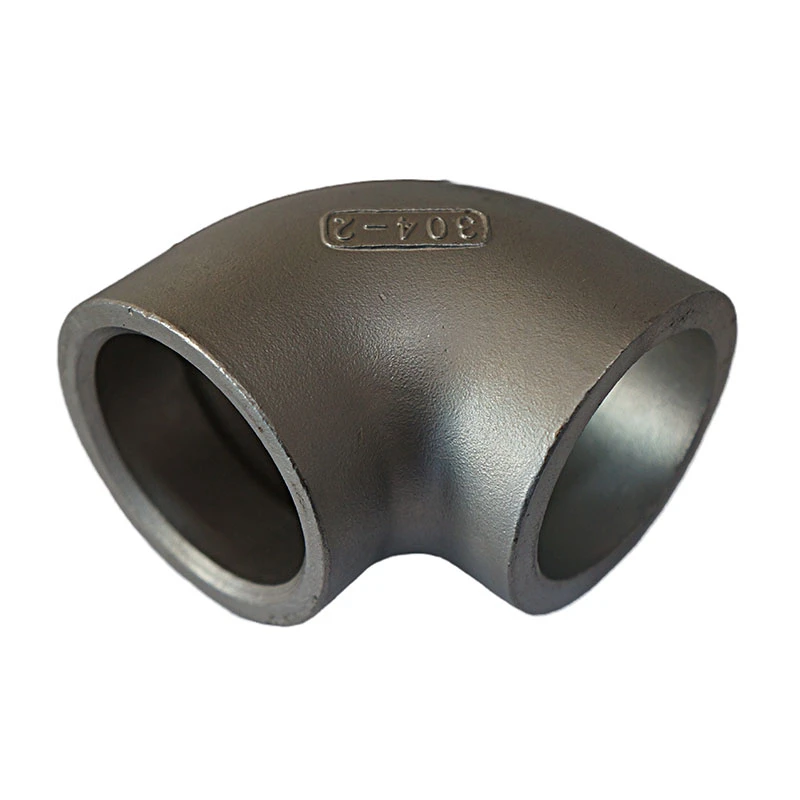what is sand casting
What is Sand Casting?
Sand casting, also known as sand mold casting, is a versatile and widely used manufacturing process primarily employed in metalworking. This method is celebrated for its ability to produce intricate metal components with a high degree of accuracy and detail. It is one of the oldest casting methods, with roots tracing back thousands of years, and it continues to be a popular choice in modern manufacturing due to its cost-effectiveness and flexibility.
At its core, sand casting involves the use of sand as the primary material for the mold. The process begins with creating a mold from a mixture of sand, clay, and water, which is known for its excellent ability to retain shape and withstand high temperatures. The mold is formed by compacting this sand mixture around a pattern—typically a replica of the object to be cast. The pattern can be made from various materials, including metal, plastic, or wood, and is removed once the mold has been created.
What is Sand Casting?
After the mold has been prepared, it is then reassembled and molten metal is poured into it. The molten metal fills the cavity created by the pattern, and as it cools and solidifies, it takes on the shape of the intended component. Once the metal has sufficiently cooled, the sand mold is broken away, revealing the finished part. Some common products made via sand casting include engine blocks, machine bases, and intricate sculptures.
what is sand casting

A crucial aspect of sand casting lies in its adaptability. It is suitable for both small-scale production runs and large quantities. The process is particularly favored for casting large, heavy components that would be impractical to create using other methods. Additionally, because the sand molds can be reused, the overall costs associated with sand casting are often lower than alternative techniques.
Moreover, sand casting can accommodate a wide variety of alloys and materials. This flexibility allows manufacturers to tailor specific properties and characteristics in the finished product, making it desirable for various applications across different industries. From the automotive sector to aerospace and even art, sand casting is integral to producing both functional and aesthetic components.
However, sand casting does come with its challenges. Surface finish and dimensional accuracy are typically not as precise as those achieved through processes like investment casting or die casting. To address these concerns, manufacturers often implement additional machining processes to refine the final product. The process can also be labor-intensive, particularly when it comes to preparing the sand mold and handling the molten metal.
In recent years, advancements in technology have contributed to the evolution of sand casting. Innovations such as computer-aided design (CAD) have allowed engineers to create more intricate and precise patterns. Furthermore, improvements in sand bonding materials and techniques enhance mold quality and performance, leading to better overall casting outcomes.
In summary, sand casting is a fundamental manufacturing process that has stood the test of time. Its ability to produce complex and accurate metal components makes it a valuable technique in various industries. While it may not offer the same level of precision as some modern casting methods, the advantages of adaptability, cost-effectiveness, and the capability to handle a broad range of materials ensure that sand casting remains a relevant and critical part of metalworking today. Whether for large-scale industrial applications or artisan works of art, sand casting continues to play an essential role in the world of manufacturing.
-
OEM Sand Cast Pump Valve Fittings - Baoding Hairun | Precision Engineering, CustomizableNewsJul.30,2025
-
OEM Sand Cast Pump Valve Fittings - Baoding Hairun Machinery And Equipment Trading Co., Ltd.NewsJul.30,2025
-
OEM Sand Cast Pump Valve Fittings - Baoding Hairun Machinery And Equipment Trading Co., Ltd.NewsJul.30,2025
-
OEM Sand Cast Pump Valve Fittings - Baoding Hairun Machinery|Precision Engineering&Fluid ControlNewsJul.30,2025
-
OEM Sand Cast Pump Valve Fittings - Baoding Hairun Machinery And Equipment Trading Co., Ltd.NewsJul.30,2025
-
OEM Sand Cast Pump Valve Fittings-Baoding Hairun Machinery And Equipment Trading Co., Ltd.NewsJul.30,2025















